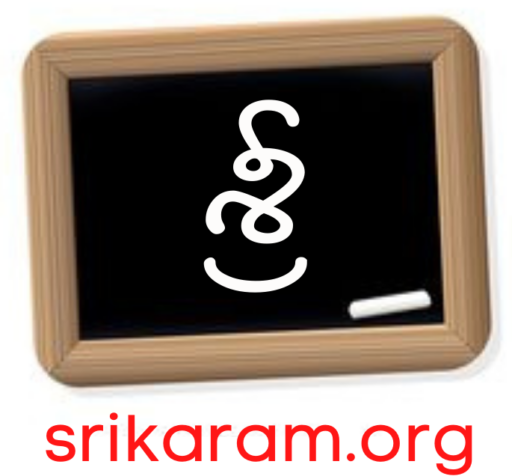In today’s digital world, screen time often gets a bad rap — but when used thoughtfully, educational games and apps can be powerful tools to engage kids in learning while having fun. The right apps stimulate creativity, build skills, and keep children curious about the world.
This article helps parents understand how to choose quality educational apps, suggests top games for different ages, and offers tips to balance screen time healthily.
Why Educational Games and Apps Matter
- Interactive learning: Games encourage active participation, not passive watching.
- Skill building: From math and reading to critical thinking and creativity.
- Self-paced: Kids can learn at their own speed with immediate feedback.
- Engagement: Fun challenges and rewards keep motivation high.
- Accessibility: Learning anytime, anywhere on tablets or phones.
How to Choose the Right Educational Games & Apps
When picking apps for kids, consider:
- Age appropriateness: Content and difficulty should match your child’s developmental level.
- Educational value: Does the app teach real skills or concepts?
- Engagement factor: Is the game fun enough to hold attention?
- User interface: Simple navigation and kid-friendly design.
- No inappropriate ads: Prefer ad-free or paid apps to avoid distractions.
- Parental controls: Ability to monitor progress and limit time.
Top Fun Educational Apps & Games by Age Group
For Toddlers (Ages 2-4)
- Endless Alphabet: Interactive word puzzles with cute animations to build vocabulary.
- Peekaboo Barn: Encourages recognition of animals and sounds through peekaboo play.
- Sago Mini Friends: Open-ended play with colorful characters to spark creativity.
For Preschoolers (Ages 4-6)
- ABCmouse: Comprehensive curriculum covering reading, math, science, and art.
- Toca Nature: Kids explore and shape nature scenes, learning about plants and animals.
- Duck Duck Moose Reading: Phonics and reading games with fun characters.
For Early Elementary (Ages 6-8)
- Prodigy Math Game: Role-playing math game aligned to school curriculum.
- DragonBox Algebra 5+: Introduces algebra concepts with fun puzzles.
- ScratchJr: Beginner coding app that lets kids create their own interactive stories.
For Older Kids (Ages 9-12)
- Khan Academy Kids: Free app offering lessons in math, reading, and logic with interactive activities.
- Minecraft: Education Edition: Creative world-building that promotes problem-solving and collaboration.
- Lightbot: Coding logic game that teaches programming fundamentals.
Tips for Healthy Screen Time Use
- Set clear limits: Balance digital play with offline activities like outdoor play and reading.
- Co-play when possible: Engage with your child while using apps to guide and discuss learning.
- Use screen time as a reward: Motivate kids by linking app time to completing chores or reading.
- Encourage breaks: Use timers to remind kids to take breaks every 30-45 minutes.
- Monitor progress: Choose apps with built-in reporting or regularly talk to your child about what they’re learning.
Bonus: Combining Apps with Real-Life Learning
Try pairing app-based learning with hands-on activities:
- Use a math app like Prodigy, then bake cookies together measuring ingredients.
- Explore nature with Toca Nature, then do a backyard scavenger hunt.
- Code on ScratchJr, then build simple paper or LEGO projects based on the story created.
Conclusion
Educational games and apps can be a fantastic way to make learning exciting for kids. When chosen wisely and used in balance, these digital tools complement traditional learning, spark creativity, and build essential skills—all while keeping children happily engaged.
